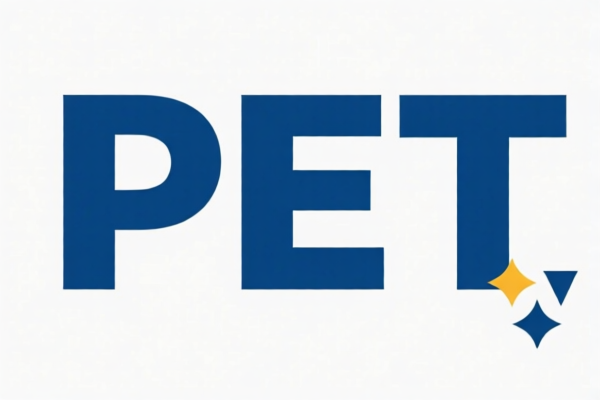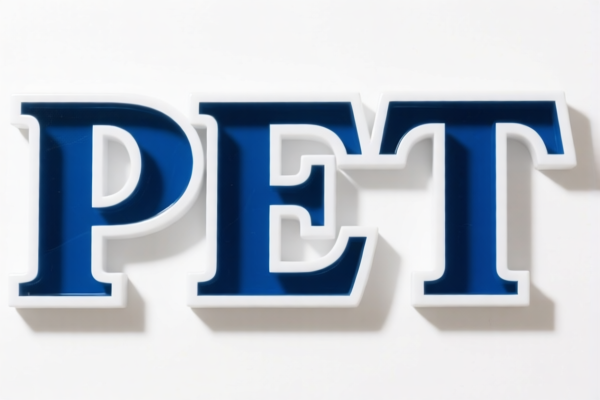| HS Code | Official Doc | Tariff Rate | Origin | Destination | Effective Date |
|---|---|---|---|---|---|
| 3901101000 | Doc | 61.5% | CN | US | 2025-05-12 |
| 3901105010 | Doc | 61.5% | CN | US | 2025-05-12 |
| 3926909905 | Doc | 42.8% | CN | US | 2025-05-12 |
| 3923102000 | Doc | 55.0% | CN | US | 2025-05-12 |




PET
PET (Polyethylene Terephthalate) is a plastic resin and one of the most common types of plastic used in packaging and fibers.
Material
PET is a thermoplastic polymer, formed through the polymerization of ethylene glycol and terephthalic acid. It is characterized by its strength, transparency, and recyclability. Variations exist, including:
- Virgin PET: Produced directly from crude oil.
- Recycled PET (rPET): Derived from post-consumer PET waste, offering environmental benefits.
Purpose
PET serves a wide range of applications, primarily due to its versatile properties. Key purposes include:
- Packaging: Food and beverage containers (bottles, jars, trays), cosmetic packaging, and general merchandise packaging.
- Fibers: Production of polyester fabrics, clothing, carpets, and ropes.
- Films: Used in packaging, magnetic recording tape, and electrical insulation.
Function
PET's functionality stems from its inherent characteristics:
- Barrier Properties: Provides excellent resistance to moisture, gases, and odors, preserving product freshness.
- Strength & Durability: Offers high tensile strength and impact resistance.
- Transparency: Allows for clear visibility of contents.
- Lightweight: Reduces transportation costs and handling weight.
- Recyclability: Can be recycled multiple times, reducing landfill waste.
Usage Scenarios
PET is prevalent in numerous everyday applications:
- Beverage Bottles: Water bottles, soft drink bottles, juice bottles.
- Food Containers: Salad dressing bottles, peanut butter jars, microwaveable trays.
- Clothing & Textiles: Polyester shirts, fleece jackets, carpets, upholstery.
- Packaging Films: Shrink wrap, blister packs, protective films.
- Industrial Applications: Strapping tape, electrical insulation.
Common Types
- Bottle-Grade PET: Specifically designed for beverage containers, offering clarity and gas barrier properties.
- Fiber-Grade PET: Optimized for textile applications, providing strength and durability.
- Film-Grade PET: Tailored for packaging films, offering flexibility and transparency.
- Amorphous PET (APET): Clear and rigid, commonly used for blister packs and clamshell containers.
- Crystallized PET (CPET): Heat-resistant, used for microwaveable trays and oven-safe containers.
- rPET: Recycled PET, increasingly used in various applications to promote sustainability.
Polymers of ethylene, in primary forms, are relevant to the declared goods "PET". The following HS codes apply:
- 3901101000: This HS code falls under Chapter 39: Polymers of ethylene, in primary forms. Specifically, it covers polyethylene with a specific gravity of less than 0.94 and a relative viscosity of 1.44 or more. The tax rate details are: a basic tariff of 6.5%, an additional tariff of 25.0%, and an additional tariff of 30.0% after April 2, 2025, resulting in a total tariff of 61.5%.
- 3901105010: This HS code also falls under Chapter 39: Polymers of ethylene, in primary forms. It covers polyethylene with a specific gravity of less than 0.94, but categorized as other linear low-density polyethylene. The tax rate details are: a basic tariff of 6.5%, an additional tariff of 25.0%, and an additional tariff of 30.0% after April 2, 2025, resulting in a total tariff of 61.5%.
According to the provided reference material, the HS code options related to 'PET' are limited, with only the following 2 found.
Customer Reviews
The information on PET is thorough, but I wish there were more HS codes listed. Only four options were available, which felt limited.
I was looking for HS codes for PET packaging, and this page had exactly what I needed. The 55% tariff for 3923102000 was very specific.
Clear explanation of the different types of PET and their uses. The tariff details for US exports were easy to find.
The breakdown of HS code 3901101000 was very helpful for understanding the tariff rate of 61.5%. Great resource for exporters.